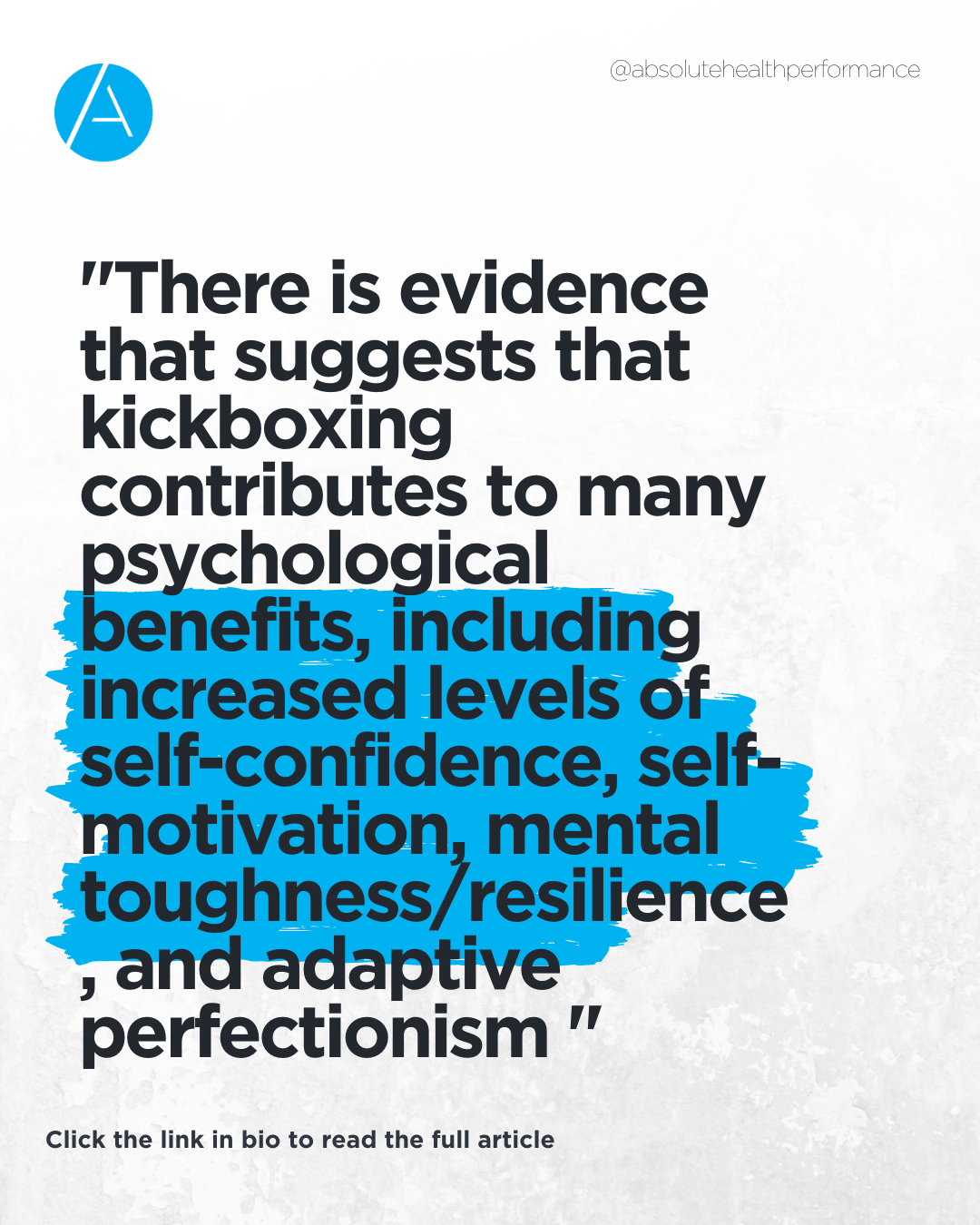Fighting Fit: Introducing Martial Art Elements to Your Workout
In recent years the sport of Mixed Martial Art (MMA) has exploded, becoming popular through the likes of the UFC and ONE FC events, with athletes in the sport emerging as household names, like Connor McGregor.
Although most people have heard about it, not many people know much about the often-intense training format, and the benefits of introducing a little bit of this high-intensity, novel set of skills to the gym.
Although the skill set is highly specific to the sport, and the training for MMA often includes a lot of physical contact with a sparring partner, there are still plenty of options for novice practitioners to include some drills and skills into solo / PT sessions.
Boxing
A common favourite for PT session conditioning sets, boxing has always had a place in the gym. In addition to its ability to increase heart rate quickly, it's a great tool for increasing your upper body speed, power, and coordination when practiced correctly.
A study by Chaabène, Helmi et al. (2015), found that boxing promotes mesomorphic body composition, with both male and female boxers showing a propensity for low body fat levels and high muscle mass (1).
Furthermore, as boxing is a highly dynamic activity involving repeated brief and rapid motions, it encourages muscle development in both the upper and lower limbs to support these movements, offering great full-body conditioning. Gradually adding some increasing complexity and intent throughout your boxing sessions, as well as making sure the performance of new punches and footwork are to a reasonable standard, will help you gain the full range of benefits.
Muay Thai / Kickboxing
Although not the same sport, for the purpose of gym-application, Muay Thai (MT) and Kickboxing can be summed up together - both are sports that include boxing, kicking, and use of knees and elbows for striking, tripping and with MT. What’s more, Kickboxing and Muay Thai are perfect for relieving the stress of a long day or getting fired up for the day ahead.
The additional benefits for overall fitness here are obvious - the more body parts you move as part of a combination, the more options that are available to you.
For example, instead of throwing a Jab, Cross Hook (all upper body boxing moves), you can throw a Jab, Cross, Switch-kick combination. The Switch-kick in this case includes explosive action at the hip, which requires a lot of torso rotation and balance to execute well, activating more muscle groups and requiring a greater cardio load. Executing these more complex combinations also gives a great feeling of achievement when performed correctly.
There is evidence that suggests that kickboxing contributes to many psychological benefits, including increased levels of self-confidence, self-motivation, mental toughness/resilience, and adaptive perfectionism (2).
In this same 2017 study by Silmani et al., kickboxers reported high peak and mean anaerobic output during activity, regardless of skill level, and showcased well-developed muscle power in both the upper and lower limbs as a result of this activity (2).
The Journal of Sports Medicine and Physical Fitness ran a study on MT training effects to body composition and physical fitness in a sample group of twenty-two healthy women with no previous fight training (3). The women’s dimensions, fat mass, resting metabolic rate, muscle endurance, explosive leg power, agility, flexibility, and dietary intake were all measured at pre and post-training for thirteen weeks. Study results showed that through MT training, either twice or three times a week, all women in the sample group showed significant improvement across all measured physical fitness variables (3).
These studies suggest that implementing these combination-based sports can greatly improve physical fitness and mental disposition, with as little as two training sessions a week.
Brazilian Jiu Jitsu
A little bit more of a niche, 'BJJ' or 'Jits' is a “grappling combat sport that has intermittency as its core element; in other words, actions of high, moderate and low intensity are interspersed during matches, requiring a high level of conditioning to support optimal levels of performance for the total match time” (4). Whilst the sport itself does not translate easily to a gym environment, there is a lot to be gained from the basic drills that promote the conditioning
Some basic drills which you could incorporate into your weekly rotation are great for mobility and warmup drills, as they include complex chains and patterns of movement. Some examples you could utilise include the Granby/ Half-Granby Roll, Hip Escape, Reverse Hip Escape and Tactical Get-Up (YouTube or a good coach could help a lot here).
Each of these drills require full body motion and balance and focus on being able to exert power uniformly throughout the body to execute each move. Incorporating these drills in your workout can help with full body conditioning, coordination, and mobility.
Wrestling
Like BJJ, wrestling involves grappling-based movements. It provides a full body workout, encouraging physical fitness through its full body movements, and activating the core muscles to maintain the necessary balance. Wrestling also improves cardiovascular health, exercising the heart through the repeated motions and exertion (5).
Many schools and colleges incorporate wrestling into their sporting curriculums for these very reasons. Developmentally, wrestling also provides a fantastic opportunity for mental growth. Wrestling encourages discipline, fortitude, and creativity, requiring the participants to problem solve during matches to choose which of the many combinations and tactics will help them win.
In terms of specific movements, things like the 'sprawl' are an easy addition to a standard workout. A sprawl is essentially a burpee-like movement, usually performed to stifle a take-down attempt by an opponent and requires good explosiveness, coordination, and mobility to perform correctly. It can be an extremely effective way to increase heart rate, incorporate explosive efforts in the training schedule, and glean precious resilience which can make future training sessions seem significantly less mentally taxing.
In Summary
Overall, any of the practices above can greatly enhance your daily sessions, or just add a stand-alone excuse to get an extra session in. Whether you decide to take up any of these disciplines as stand-alone sports, or simply wish to incorporate some of their movements and drills into your workouts, there is a lot to be gained.
Whilst a lot of these practices are easily accessible through a general search on YouTube, it’s always worth asking a performance coach for advice on where to begin this journey, and the best selection and intensity for you to reach your fitness goals.
If you would like to add some excitement to your workouts, or just want some advice on where to start, you can book in for a session with me HERE.
-
Works Cited
1. Chaabène, Helmi et al. “Amateur boxing: physical and physiological attributes.” Sports medicine (Auckland, N.Z.) vol. 45,3 (2015): 337-52. doi:10.1007/s40279-014-0274-7
2. Slimani, M et al. “Kickboxing review: anthropometric, psychophysiological and activity profiles and injury epidemiology.” Biology of sport vol. 34,2 (2017): 185-196. doi:10.5114/biolsport.2017.65338
3. Rapkiewicz, Jennifer A et al. “Effects of Muay Thai training frequency on body composition and physical fitness in healthy untrained women.” The Journal of sports medicine and physical fitness vol. 58,12 (2018): 1808-1814. doi:10.23736/S0022-4707.17.07969-5
4. Andreato, Leonardo Vidal et al. “Physical and Physiological Profiles of Brazilian Jiu-Jitsu Athletes: a Systematic Review.” Sports medicine - open vol. 3,1 (2017): 9. doi:10.1186/s40798-016-0069-5
5. MAC ATHLETICS. (2018, November 23). Wrestle Your Way to a Healthy Body. Retrieved from MAC ATHLETICS: https://www.macathletix.com/post/wrestle-your-way-to-a-healthy-body
Description text goes here



